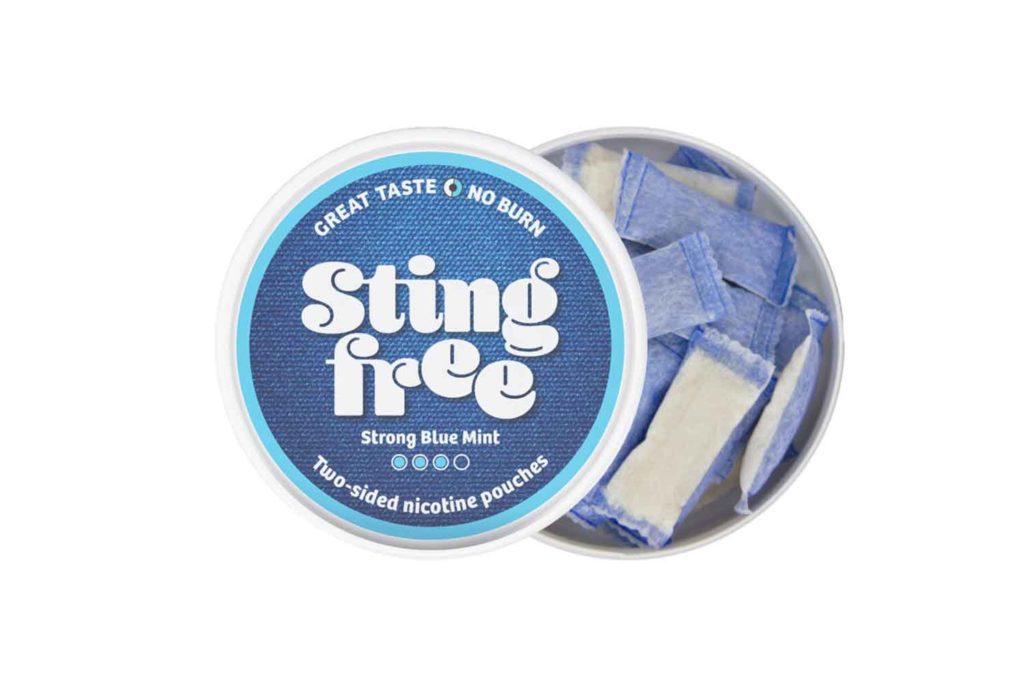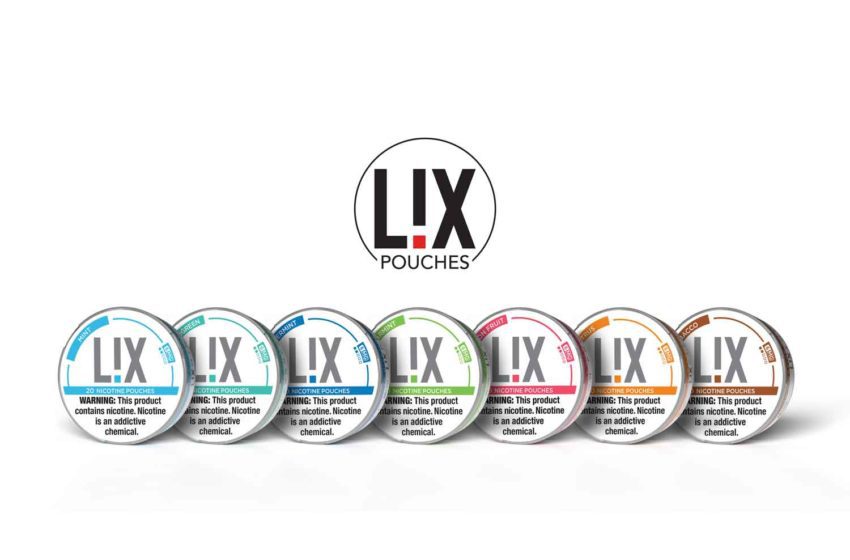“Not Messy or Gross Like I Thought They Would Be”
Here is a selection of comments from 260 female members of the Consumer Advocates for Smoke-Free Alternatives Association on what makes women who smoke decide to try or reject smokeless tobacco products.
We defined “smokeless tobacco” as including nicotine pouches, snus, dip and chew. However, we learned that unfamiliarity with these products extends to the terminology. One wrote, “I’m confused; I thought vaping was smokeless tobacco?”
What would make women consider a smokeless product? The most common response was “nothing.” This included variations such as “threat of death,” “a million dollars,” or less hyperbolically, “a vaping ban.” However, a few respondents were open-minded: “I have no idea what it is, but this email was enough to have me interested. I currently vape.”
Factors listed that might make smokeless products appealing included: not having to spit, smaller size, “a bigger spectrum of flavors,” “cleaner,” “nonstaining” and “not noticeable to others.”
Few who had tried traditional moist smokeless tobacco found it appealing. One said, “It was convenient, and there was no annoying smoke, but it irritated my mouth a bit, and I worried about my teeth or developing cancer.” “The smell and the taste [were] overpowering, the ‘juice’ burned my mouth, spitting was gross, but swallowing was even worse,” said another.
But tobacco-free pouches, and to a lesser extent snus, found some favor. A user of both said they are “not messy or gross like I thought they would be and are advertised in the media.” Reasons for trying these products among those who use(d) them include not being able to smoke or vape at work or while traveling; wanting to quit vaping (“to give my lungs a break”), ease of access (“Vaping products became less available online … pouches were available at our convenience store”), ease of use, and curiosity.
Other positive comments included “Liked that it was discreet and just nicotine”; “It works just as well as the smoking of something, and it’s easy to just spit it out when you have enough”; “Use to get through the day at work without having to take a break. I liked how they curb cravings; the flavors and the size of the pouch makes it easy to be discreet”; and “Can do them anywhere. Try these pouches!! No smoke, but satisfaction given.”
Women who tried and stopped using pouches gave a variety of reasons. Some missed the “hand-to-mouth action—still wanted to smoke.” Others complained of hiccups, nausea or irritation: “I’m not a big fan of pouches because they burn the inside of my cheeks.” A few mentioned other sources of discomfort, such as “uncomfortable material that hurts my gums/mouth” or too much bulk. There was also just difficulty getting used to this type of product: “Flavors were good, but it was weird having something in my mouth that I wasn’t supposed to be chewing.” Some disliked the taste.
Because “smokeless” received various interpretations, many women left comments on other nicotine products, including gums, lozenges, tablets or sprays. These received a similar range of positive comments and complaints. This supports the idea that women seeking alternatives to cigarettes may have to try a variety of products and brands to find their fit. As one wrote, “Try it if it will benefit your health and you’re OK with it. To each their own.”
In short, it’s clear that many women hold strong, perhaps outdated stereotypes of smokeless tobacco. Many will never try it. However, there appears to be an untapped demand for the benefits some women report from modern oral nicotine products: a discreet product to use where no smoke or vapor is allowed or a hands-free product that gives nicotine and flavor without effort. –C.K.O
 Scandinavian Tobacco Group is acquiring substantially all assets of XQS International in Sweden The transaction value consists of an upfront payment as well as an earnout agreement, STG announced in a press note.
Scandinavian Tobacco Group is acquiring substantially all assets of XQS International in Sweden The transaction value consists of an upfront payment as well as an earnout agreement, STG announced in a press note.

















